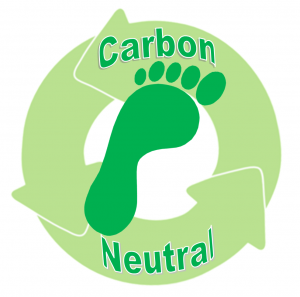 If you’ve been on a college campus lately (or received your annual alumni donation request letter), you know that colleges and universities are increasingly focused on “green” initiatives that improve sustainability and reduce campus-wide energy use. While the EPA’s proposed 111(d) standards will make reducing carbon emissions a household phrase, many colleges have been working towards reducing carbon emissions on campus for years.
If you’ve been on a college campus lately (or received your annual alumni donation request letter), you know that colleges and universities are increasingly focused on “green” initiatives that improve sustainability and reduce campus-wide energy use. While the EPA’s proposed 111(d) standards will make reducing carbon emissions a household phrase, many colleges have been working towards reducing carbon emissions on campus for years.
More than 675 colleges nationwide have become signatories of the American College & University Presidents Climate Commitment, a network of college and university presidents and chancellors dedicated to promoting sustainability efforts on college campuses. Today, 22 colleges and universities in North Carolina are part of the commitment including UNC-Chapel Hill, Duke University and NC State. Many of these colleges have established a goal of becoming carbon neutral and are taking actions to reduce carbon dioxide emissions in order to achieve a zero carbon footprint. Since no college campus has found a way to reduce the use of fossil fuels on-site by 100 percent, becoming climate neutral on campus must be accomplished through the purchase of carbon offsets – investments in off-campus carbon reduction initiatives. Continue reading

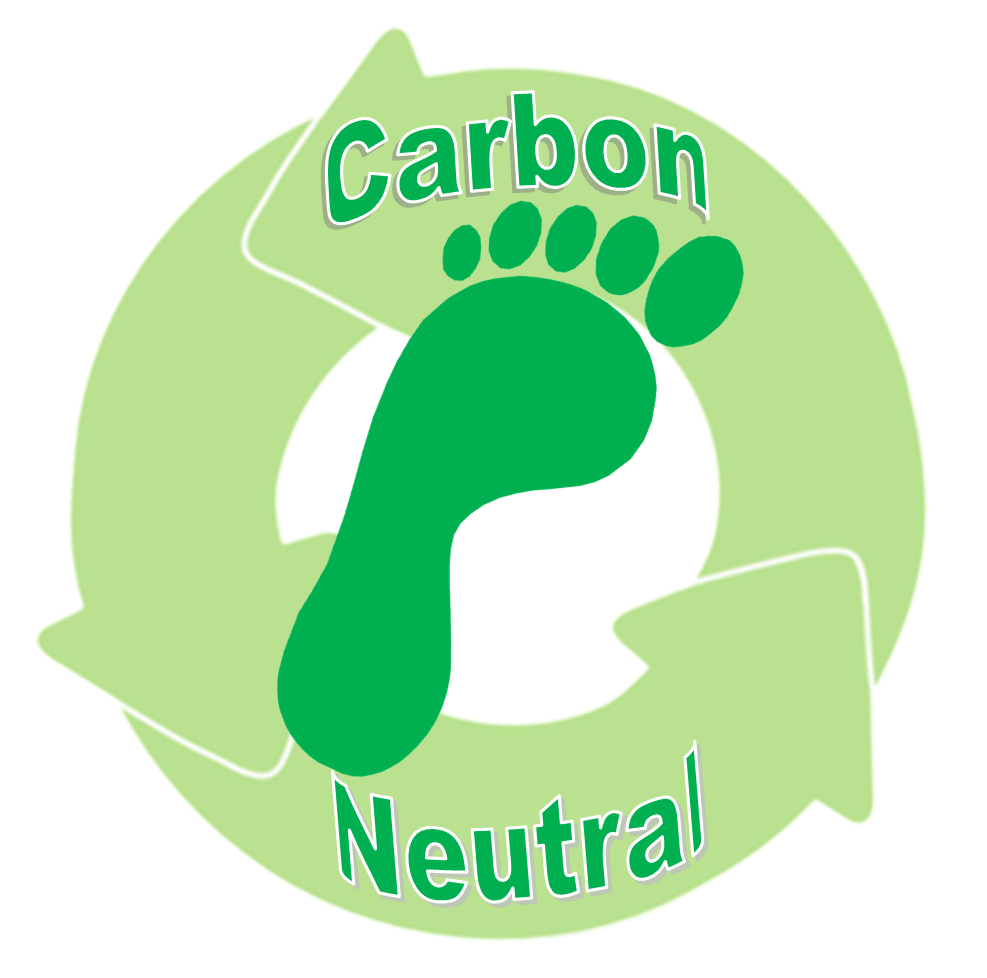
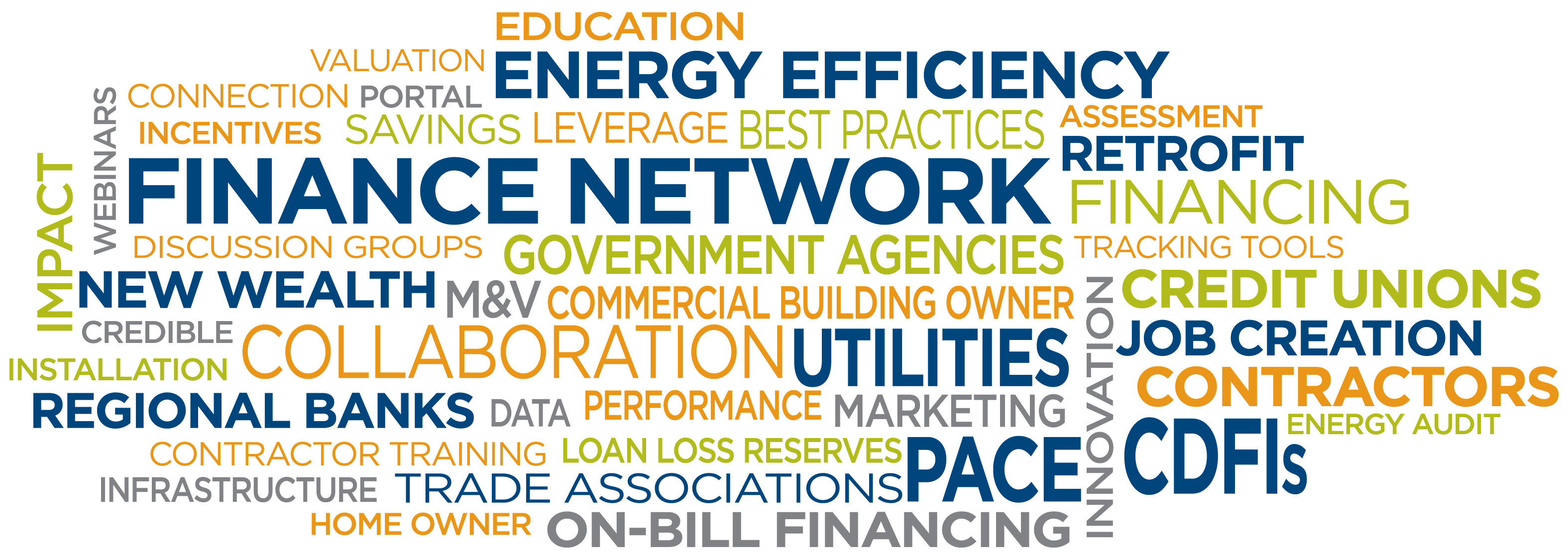
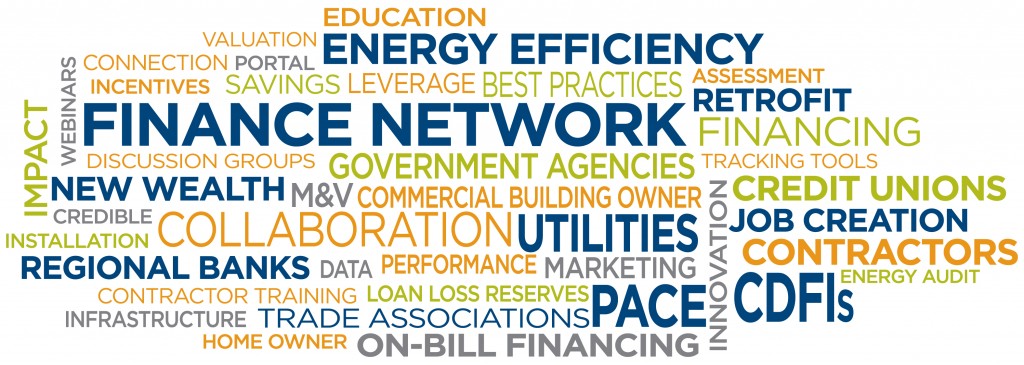


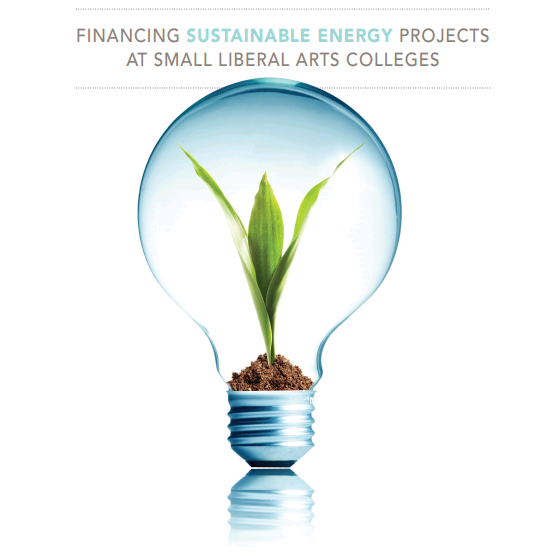
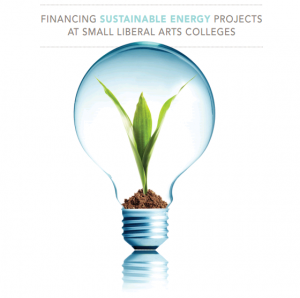
 We live in a fast paced world. We are driven to implement projects quickly – on time and under budget. On a daily basis, we are faced with decisions regarding which projects to implement and we carefully analyze the project’s cost, the estimated return (or cost savings), the payback period and the overall return on investment. But one of the most important elements of a project is not its cost or its estimated return. At the end of the day, one of the most important aspects of a project is the measurement of the project’s actual performance.
We live in a fast paced world. We are driven to implement projects quickly – on time and under budget. On a daily basis, we are faced with decisions regarding which projects to implement and we carefully analyze the project’s cost, the estimated return (or cost savings), the payback period and the overall return on investment. But one of the most important elements of a project is not its cost or its estimated return. At the end of the day, one of the most important aspects of a project is the measurement of the project’s actual performance.
